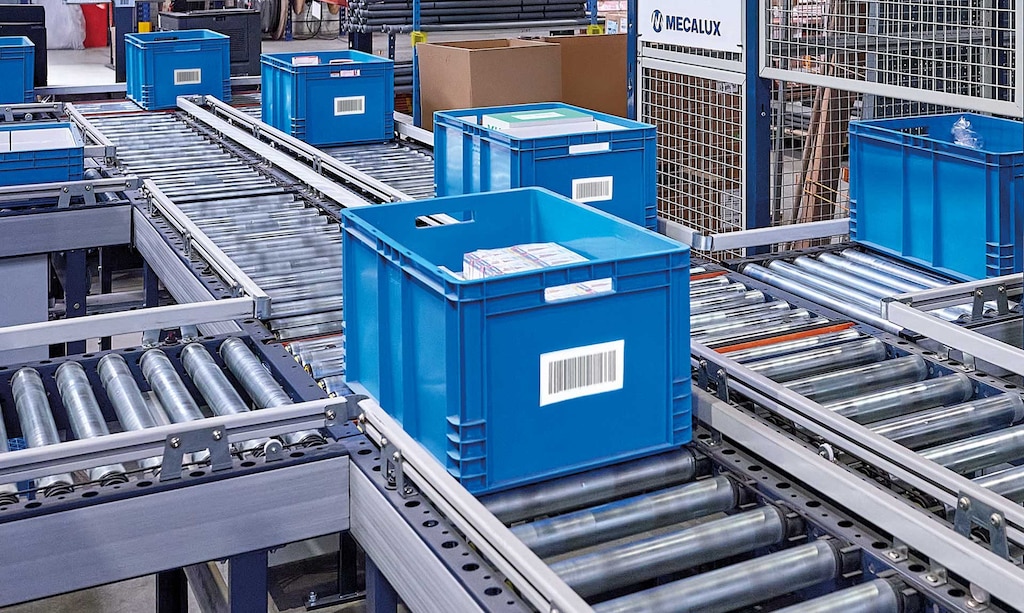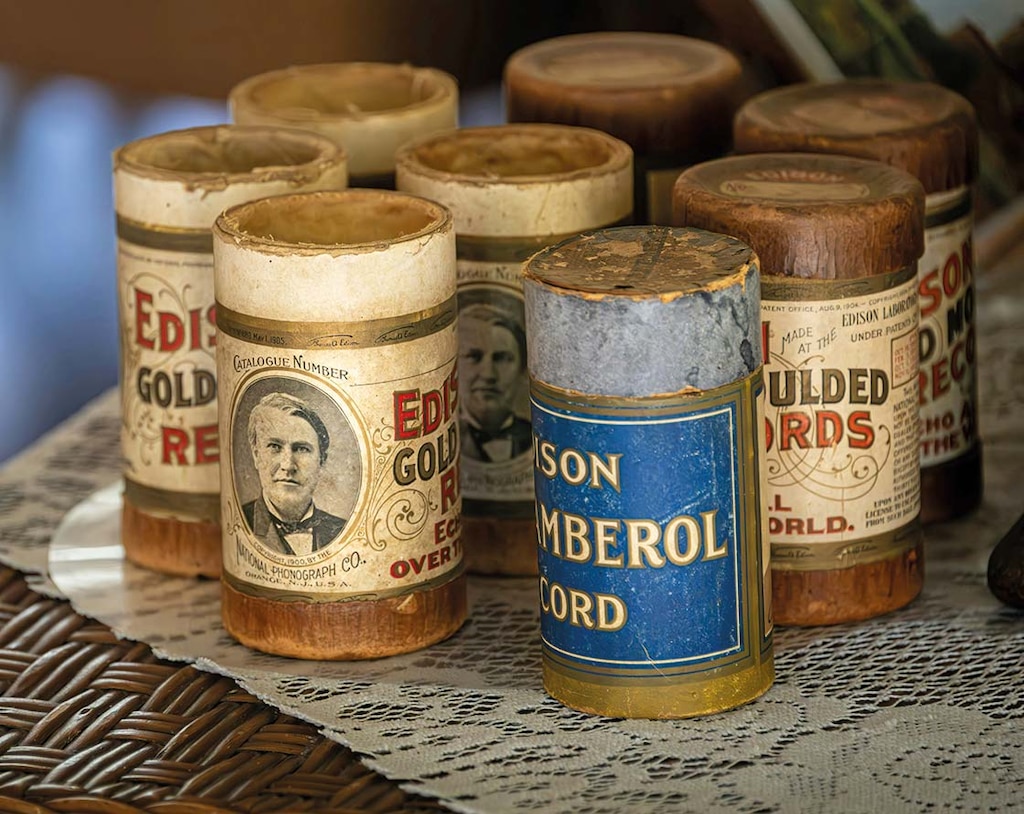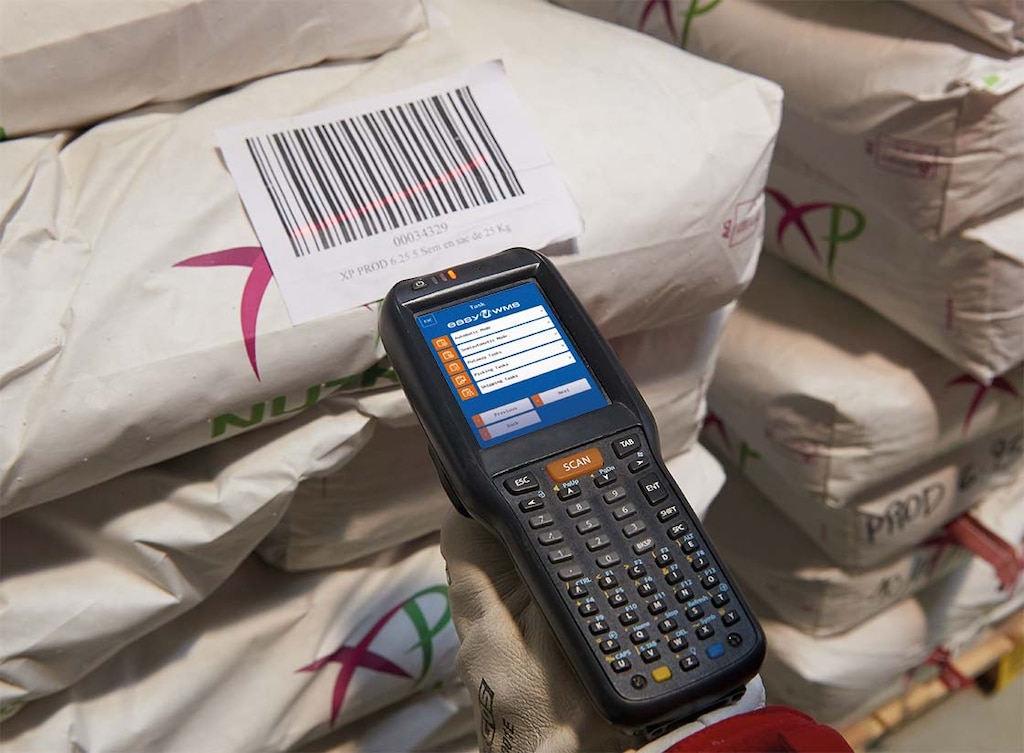
IN-DEPTH ANALYSIS
The need to identify objects — their quantity, origin, owner or the contents of containers — is almost as old as civilisation itself. While early precursors such as clay seals existed, the first inventory labels resembling those we know today appeared in ancient Egypt. Since the Industrial Revolution, numerous technical advances have enabled the use of more modern materials. In recent years, this simple invention — essential for creating order — has also become a powerful technological ally.
Long before paper, adhesives, printers or e-commerce parcels, the earliest known labels trace their roots back to 3400–3200 BC. They were unearthed in 1988 in what is believed to be the tomb of King Scorpion I in Umm el Qa’ab (Egypt). These findings are documented in a book by Günter Dreyer, former director of the German Archaeological Institute in Cairo. The excavation revealed small inventory tags crafted from ivory, bone and stone.
Some of these ancient labels carried numerical markings, while others showed scenes of hunting, combat, animals, plants or objects. These tags, considered precursors to larger versions later carved in ebony and other types of wood, had inscriptions only on one side. They were tied to bags, boxes or containers of goods such as linen or oils to identify their origin, quantity and volume.

Mummy label from the year 100–199, from the Department of Egyptian Antiquities at the Louvre Museum
Photo: TimeTravelRome, licensed under CC BY 2.0
Mass-produced (but water required)
In the Middle Ages, guilds labelled the goods they made with symbols or marks to show origin, sometimes attaching notes or scrolls with extra details. By the 19th century, the Industrial Revolution had boosted manufacturing and literacy rates, while paper mills and lithography facilitated large-scale label production. In the 1880s, printed paper began to be gummed — first sheet by sheet, later in large rolls or sheets — so tags could be affixed to bottles and tins. At that time, labels were gum-based adhesives (made from gum arabic, animal glues or dextrins) that required moistening before application. That process paved the way for the mass production of labelled goods.
The first self-adhesive labels
It was not until 1935 that entrepreneur Ray Stanton Avery invented the now-ubiquitous self-adhesive labels. He developed the first commercially viable versions and, by 1940, began manufacturing and selling them worldwide under the name Kum Kleen Price Stickers.
This marked the beginning of the golden age of labelling, a boom that accelerated after the Second World War with the rise of supermarkets and big-box stores. Over time, labels were perfected to stick to a wider variety of surfaces, and application systems on industrial lines were improved. Their use eventually became widespread across the food, beverage and pharmaceutical industries.

Ray Stanton Avery invented self-adhesive labels in 1935
Photo: Joseph Corl, Unsplash
IT and the smart tag revolution
With labels now everywhere, the advent of personal computers and inventory management systems in the 1970s and 1980s transformed them from simple identifiers into indispensable management tools. The EAN barcode became widespread, enabling fast product scanning and supply chain automation. At the same time, new synthetic materials such as polypropylene and polyester gave labels greater durability and resistance to elements like water.
Smart tags drive efficiency in warehouses and other facilities in ways that were unimaginable just a few decades ago
Today, labels are found on all kinds of parts, raw materials and consumer products, making them a core component of modern logistics. Smart tags now drive efficiency in warehouses and other facilities in ways that were unimaginable just a few decades ago. They have transformed supply chains, thanks in part to the following technological advances:
- Barcodes. These fall into two main categories — one-dimensional and two-dimensional — based on their format and the information they store. The former are simple solutions, but if their surface is damaged, they become unreadable.
- RFID tags. Using radiofrequency identification (RFID) technology, these labels allow for quick information capture via a signal reader, guaranteeing product traceability.
- NFC. Near-field communication (NFC) tags use short-range wireless technology to exchange data between devices just a few inches apart (typically around 10 cm).
- Electronic shelf labels. Also known as e-ink tags, these are increasingly common in shops, supermarkets and warehouses, where they are placed directly on shelves.
- Sensors. Integrating temperature, humidity or motion sensors into the labels of sensitive products supports real-time monitoring to ensure optimal storage conditions.
These advances have made it possible for every product, package, pallet and storage location to have a unique identifier. Labels can also incorporate detailed information such as manufacturing and expiry dates, lot and serial numbers, composition, handling instructions, weight and dimensions. Tracking their movements makes it easier to optimise routes, respond to unexpected events and minimise delays.

The language of logistics
A warehouse management system (WMS) is key to unlocking the full potential of labels. This software enables facility control in addition to interconnected supply chains. Beyond improving product traceability with RF scanners, Mecalux’s Easy WMS generates and automates warehouse label printing. This capability is critical for outbound logistics, particularly in e-commerce.
Labels are also vital in warehouses with automated storage and retrieval systems. For example, they allow stacker cranes and autonomous mobile robots to read and process product information and navigate between locations. Meanwhile, barcodes on powered tracks help electric monorails determine their exact position. These systems support full warehouse automation, maximise available space and achieve peak efficiency.
While object identification through markings is nearly as old as civilisation itself, with labels dating back to Ancient Egypt, its evolution continues. The future points towards ever-smarter, connected and sustainable systems, where next-generation labels become information nodes in the global logistics network.
